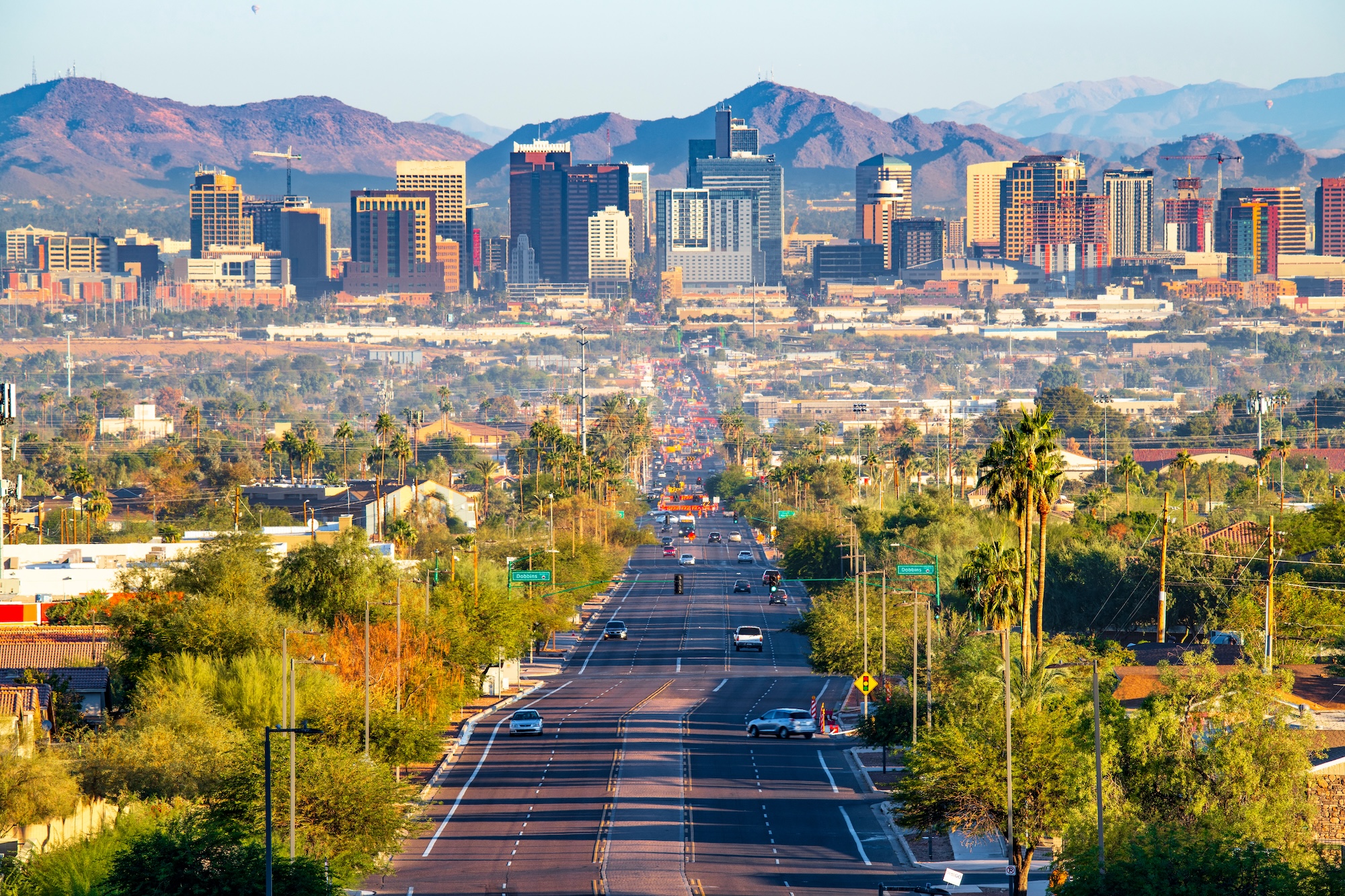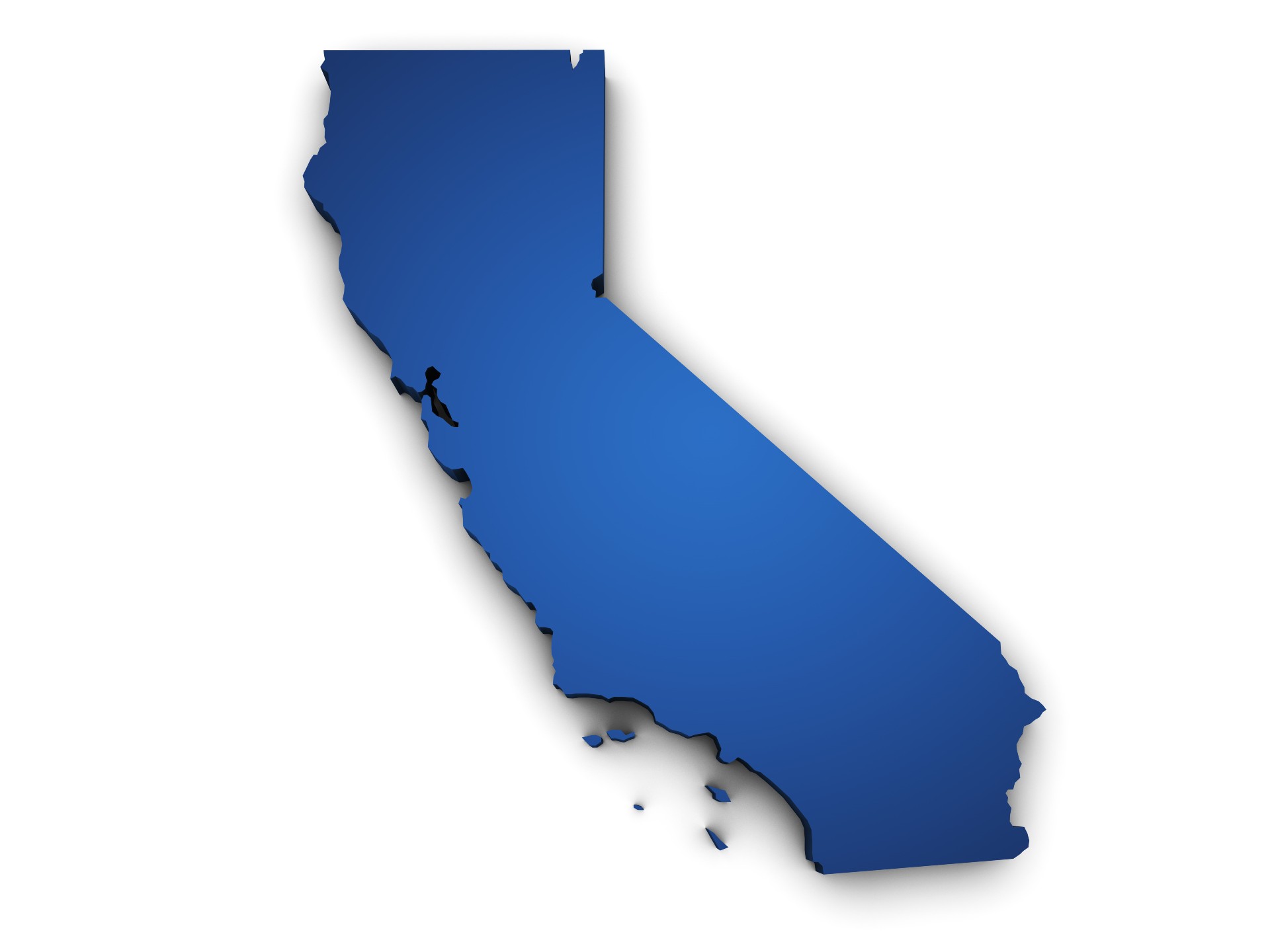Your waterpark is being invaded by monsters.
Relax. This is mostly a good thing.
Marketing-savvy waterpark operators are recognizing that the megahit mobile game Pokémon Go can offer a great way to lure more guests through the turnstiles where they’ll find a multitude of virtual creatures lurking on your property.
The augmented reality game, which has nearly 8 million U.S. downloads, has hordes of people using their smartphones to physically search for so-called pocket monsters in real-world settings. Using GPS, players also can find highly sought PokéStops. These are the virtual caches of in-game goodies such as potions and PokeBalls, which are used to capture the fictional critters.
Because PokéStops, and the virtual gyms where players can battle their pixelated beasts, are commonly found near landmarks, chances are good that there are a few by your slide towers, concession stands and other points of interest. Plus, there are some Pokémon species that live in water, so you may have folks coming to your park for the intended purpose of capturing, say, a Squirtle or Slowpoke.
That’s what makes waterparks prime Pokémon hunting grounds.
“It’s so ridiculously brilliant,” said Winter Prosapio, corporate spokesperson for Schlitterbahn Waterparks & Resorts.
A player herself, Prosapio immediately recognized the potential to leverage the game’s real-world adventuring to create excitement around her parks. Schlitterbahn in New Braunfels, Texas began inviting would-be PokéMasters to participate in “lure” parties — a feature of the game where players can drop lures to attract more imaginary monsters to a particular location. This, essentially, turns any physical property into a Pokémon hot spot. Admission to the park is required, and phones must be waterproof.
Schlitterbahn is hyping the events on social media using the hashtag #PokeBahn! (Get it?)
You don’t have to travel across the land or search far and wide…these Pokémon are at Schlitterbahn. �� #PokéBahn pic.twitter.com/GMjcxefiEw
— Schlitterbahn (@Schlitterbahn) July 13, 2016
While many operators have taken to Facebook to encourage players to visit their parks, they also have some very real risk-management concerns.
Park managers had no say in where PokéStops or gyms could be located. The game’s developers placed them without their permission. It’s possible then that there are PokéStops near maintenance rooms, employee breakrooms and other areas that are off limits to visitors. In their zeal to catch ’em all, some players may be tempted to trespass.
Several properties have issued safety notices advising players to only seek out PokéStops at approved locations.
“Do not attempt to access PokéStops or Gyms in non-guest areas or you will be asked to leave the park,” cautions Six Flags Over Georgia in a players guide. (A replica of a large hanging shark at Hurricane Harbor is one of several listed approved locations where visitors can find a PokéStop.)
Fortunately, if your property has a problematic PokéStop or gym, you can request to have it removed. (IAAPA also published this helpful guide.)
Operators also worry about crowds of players clogging walkways, bumping into each other, or skipping lines to catch an Arbok at the top of a slide.
“We would not let guests cut just to do that,” said Stephanie Hee-Johnson, admissions and promotions coordinator at NRH20, a city-owned facility in North Richland Hills, Texas. “They’ll have to wait in line like everyone else.”
But so far, there haven’t been any issues since the game’s July 7 release, she said. Besides, keeping folks out of non-public areas has always been a challenge for waterparks. Prosapio doesn’t anticipate Pokémon Go exacerbating the problem. She believes the game is more of a marketing goldmine than a nuisance, and waterparks are uniquely positioned to benefit. Another way for players to rack up points is to walk required distances in order to hatch eggs. Visitors do a lot of walking at waterparks, Prosapio notes.
And if they don’t feel like walking? It may be possible for players to hatch eggs while floating down a lazy river.
“If that turns out to be the case, we’ll really be making hay,” Prosapio said.



